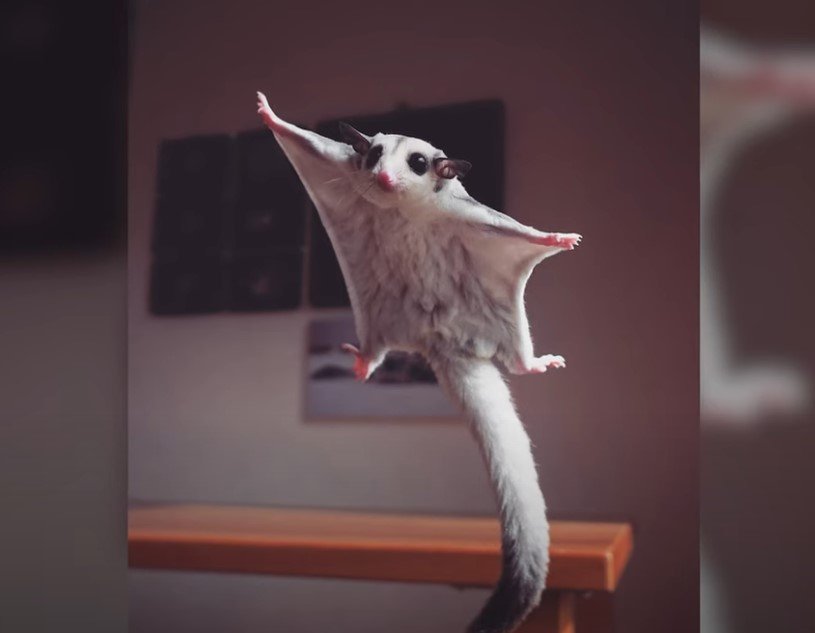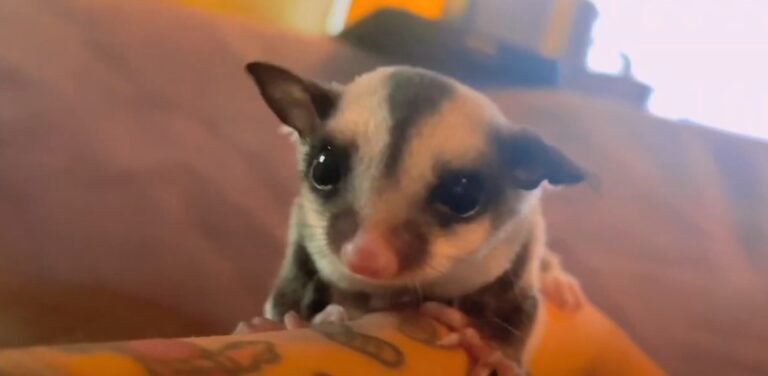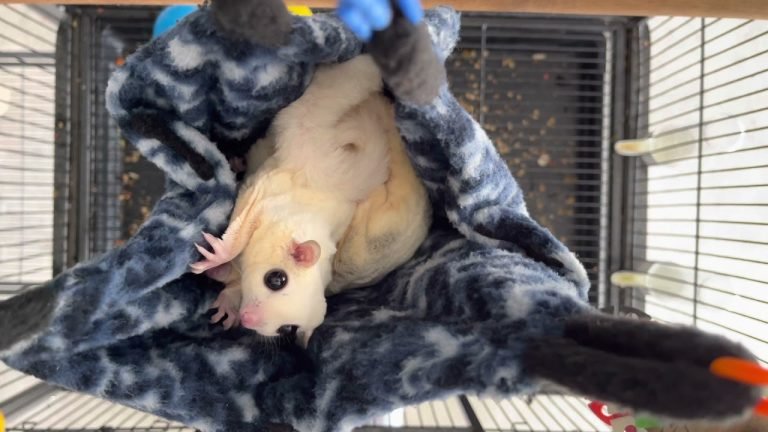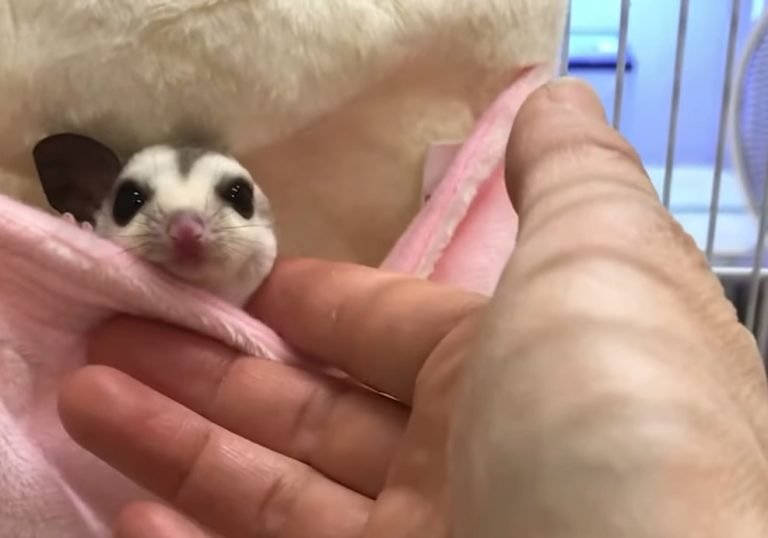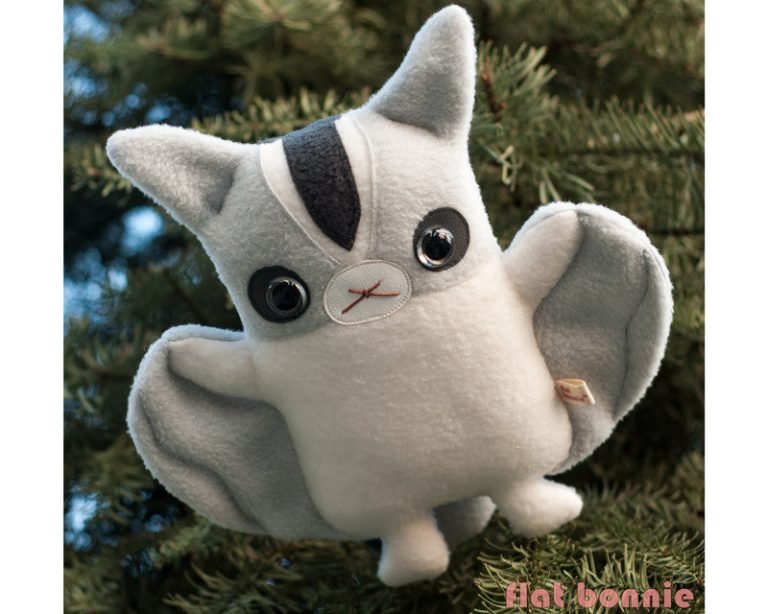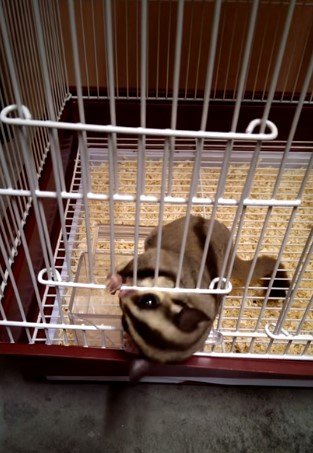What You Need To Know About Sugar Gliders
What You Need to Know About Sugar Gliders?
Are you considering getting a sugar glider as a pet? These fascinating little creatures are often described as miniature flying squirrels, and they have become increasingly popular as pets in recent years. But before you bring a sugar glider into your home, there are a few things you should know. In this article, we will explore the key aspects of caring for a sugar glider and provide you with all the information you need to make an informed decision.
The Basics of Sugar Gliders
Sugar gliders are small, nocturnal marsupials native to Australia, Papua New Guinea, and Indonesia. They are called sugar gliders because of their love for sugary foods and their ability to glide through the air. These adorable creatures measure about 5 to 7 inches in length, with a tail that adds an additional 6 to 8 inches. They have soft, silky fur and large, round eyes that give them an endearing appearance.
Habitat and Enclosure
When it comes to housing a sugar glider, a properly designed enclosure is crucial. A sugar glider cage should be spacious, well-ventilated, and escape-proof. It is recommended to have a minimum cage size of 24 inches by 24 inches by 36 inches, but the bigger, the better. The cage should also have multiple levels, branches, and toys for the sugar glider to climb and play on.
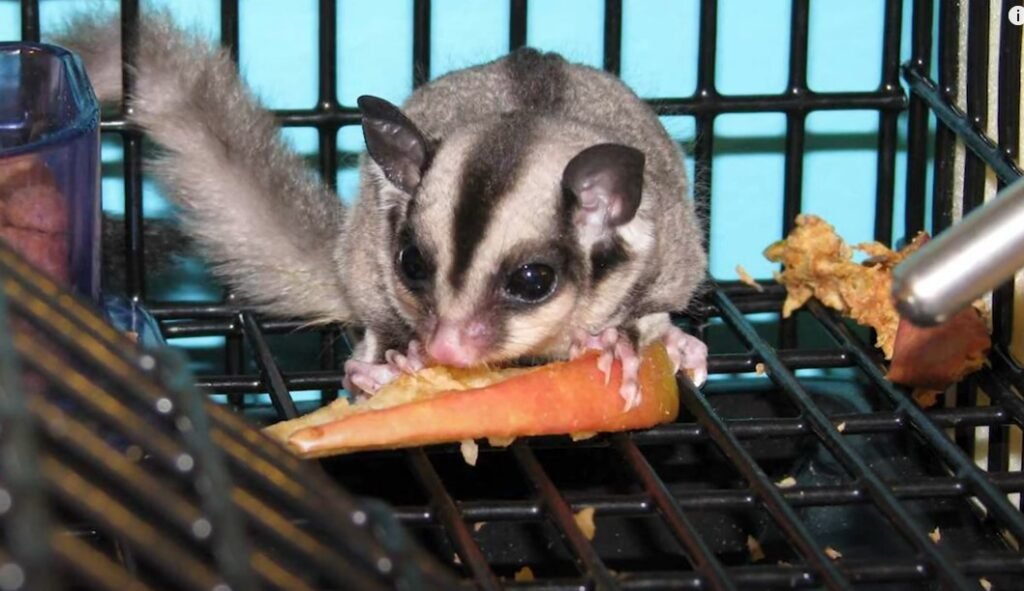
Diet and Nutrition
Sugar gliders have unique dietary needs, and it’s essential to provide them with a balanced and varied diet. The foundation of their diet should consist of a high-quality commercial sugar glider pellet. Alongside the pellets, you should also offer a variety of fresh fruits, vegetables, and protein sources such as cooked chicken or eggs. It’s important to avoid feeding them foods that are toxic to sugar gliders, such as chocolate, caffeine, and avocado.
Bonding and Socialization
Sugar gliders are highly social animals and thrive in the company of their own kind. In the wild, they live in colonies and form strong bonds with their fellow gliders. If you decide to get a sugar glider as a pet, it’s recommended to get at least two so they can have a companion. Bonding with your sugar glider is a gradual process that involves patience and trust-building. Spend time with them, offer treats, and handle them gently to create a bond.
Grooming and Hygiene
Sugar gliders are generally clean animals and groom themselves regularly. However, you may still need to assist with some grooming tasks. Trim their nails periodically to prevent overgrowth and potential injuries. You can also provide them with a shallow dish of water for bathing, as some sugar gliders enjoy splashing around. Avoid using harsh chemicals or soaps when cleaning their cage, as this could be harmful to their health.
Healthcare and Vet Visits
As a responsible sugar glider owner, it’s crucial to prioritize their healthcare needs. Regular vet check-ups are essential to ensure your glider’s well-being. Find a veterinarian who specializes in exotic animals, as sugar gliders have unique medical requirements. During vet visits, your glider may receive vaccinations, parasite checks, and dental examinations. It’s also important to monitor their behavior and eating habits for any signs of illness or distress.
Frequently Asked Questions
1. Are sugar gliders low-maintenance pets?
While sugar gliders can make great pets, they are not considered low-maintenance. They require a significant time commitment, as they need daily social interaction, a balanced diet, and a clean living environment. Additionally, they are nocturnal animals, which means they are most active during the night, requiring you to adjust your schedule accordingly.
2. Can sugar gliders be trained?
Yes, sugar gliders can be trained, but it requires patience and consistency. They can learn tricks, use a litter box, and even come when called. Positive reinforcement techniques, such as offering treats and praise, are effective in training sugar gliders. However, it’s important to remember that each glider has its own personality and may respond differently to training.
3. Do sugar gliders require any special permits or licenses?
In some regions, owning a sugar glider may require a special permit or license. It’s crucial to research the regulations in your area before considering a sugar glider as a pet. Some places have restrictions on exotic pets or may require you to obtain a wildlife permit. Always ensure you are in compliance with local laws and regulations.
Final Thoughts
Sugar gliders can bring joy and companionship into your life with their playful nature and unique characteristics. However, they also require dedicated care and attention to ensure their well-being. By understanding their habitat needs, dietary requirements, and social nature, you can provide a loving and enriching environment for your sugar gliders. Remember, owning any pet is a long-term commitment, so make sure you are ready for the responsibility before bringing a sugar glider into your home.

